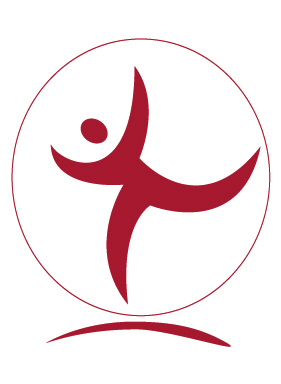Select an item by clicking its checkbox

Teaching through the Senses: Updating REL 220 Religion in the United States to Include Sound, Sight, and Movement
Proposal abstract :
This project to include sensory learning in my survey course was inspired by conversations with members of the Mid-Career Colloquy. Over five weeks I plan to read theory about the pedagogical use of sight, sound, and movement in teaching and to refashion 25 PowerPoint lectures to include music and film clips. I also intend to craft 12 short movement exercises to link physical movement with learning once per week in this class. To do this I will learn how to “rip” film and embed them in PowerPoint slides. My goal is to reinvigorate this course to engage students through multiple sensory experiences and reach students on multiple levels of intelligence. I will evaluate the success of sensory inclusion through student surveys and conversations with other faculty who teach a similar course. I will disseminate my findings through discussions with colleagues and in a teaching note submitted to Teaching Theology & Religion (spring 2010).
Learning Abstract :
I devoted five weeks during the summer of 2009 to reading theory about the pedagogical use of sight, sound, and movement in teaching. After I completed the reading I restructured 25 PowerPoint lectures to include music and film clips and I also crafted 12 short movement exercises to link physical movement with learning. My goal was to engage students through multiple sensory experiences and levels of intelligence. The students evaluated the success of sensory inclusion through informal surveys and self-reflective writing assignments. I evaluated the success of the project by comparing the students' ability to recall and synthesize information on exam questions related to sensory exercises with questions unrelated to sensory exercises. After teaching the course this past semester, I found that at 2/3rds of the students performed better on exam questions that corresponded to sensory exercises and over 75% acknowledged in their final self-evaluation that the sensory components were critical to their learning in the course. The only drawback to the inclusion of sensory exercises was that I did not always allow for enough class time for the students to reflect on the meaning and purpose of each activity.
This project to include sensory learning in my survey course was inspired by conversations with members of the Mid-Career Colloquy. Over five weeks I plan to read theory about the pedagogical use of sight, sound, and movement in teaching and to refashion 25 PowerPoint lectures to include music and film clips. I also intend to craft 12 short movement exercises to link physical movement with learning once per week in this class. To do this I will learn how to “rip” film and embed them in PowerPoint slides. My goal is to reinvigorate this course to engage students through multiple sensory experiences and reach students on multiple levels of intelligence. I will evaluate the success of sensory inclusion through student surveys and conversations with other faculty who teach a similar course. I will disseminate my findings through discussions with colleagues and in a teaching note submitted to Teaching Theology & Religion (spring 2010).
Learning Abstract :
I devoted five weeks during the summer of 2009 to reading theory about the pedagogical use of sight, sound, and movement in teaching. After I completed the reading I restructured 25 PowerPoint lectures to include music and film clips and I also crafted 12 short movement exercises to link physical movement with learning. My goal was to engage students through multiple sensory experiences and levels of intelligence. The students evaluated the success of sensory inclusion through informal surveys and self-reflective writing assignments. I evaluated the success of the project by comparing the students' ability to recall and synthesize information on exam questions related to sensory exercises with questions unrelated to sensory exercises. After teaching the course this past semester, I found that at 2/3rds of the students performed better on exam questions that corresponded to sensory exercises and over 75% acknowledged in their final self-evaluation that the sensory components were critical to their learning in the course. The only drawback to the inclusion of sensory exercises was that I did not always allow for enough class time for the students to reflect on the meaning and purpose of each activity.